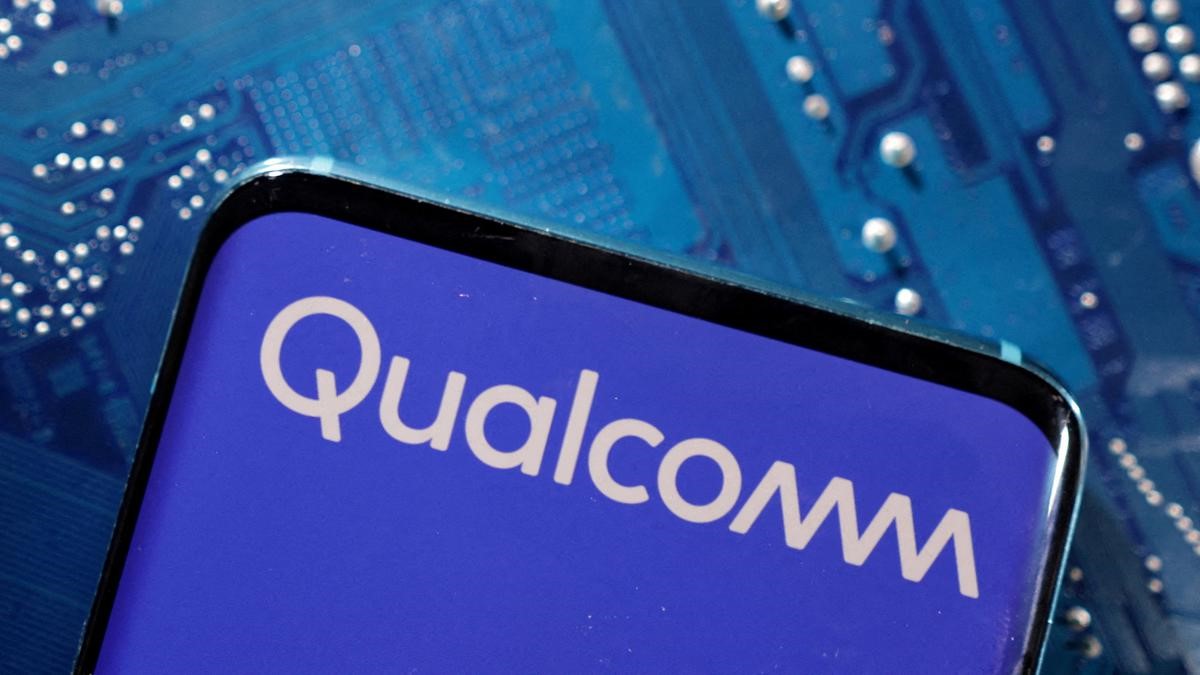Free Courses Sale ends Soon, Get It Now


Free Courses Sale ends Soon, Get It Now



Disclaimer: Copyright infringement not intended.
Context
Qualcomm, Google partner to make RISC-V chip for wearable devices.
Details
About Open-source technology
History of Open Source Technology:
Benefits of Open Source Technology:
Challenges of Open Source Technology:
Open Source Technology in Different Sectors:
Future Outlook:
Conclusion
The Qualcomm and Google partnership signifies a significant milestone in the integration of open-source hardware technology in consumer electronics, particularly in the rapidly expanding wearable device market. This collaboration is expected to contribute to the advancement of open-source technology adoption and further foster innovation in the semiconductor industry.
|
PRACTICE QUESTION Q. Discuss the impact of open-source technology on the modern digital landscape. How has the collaborative and transparent nature of open-source development influenced various sectors? (250 Words) |
© 2024 iasgyan. All right reserved